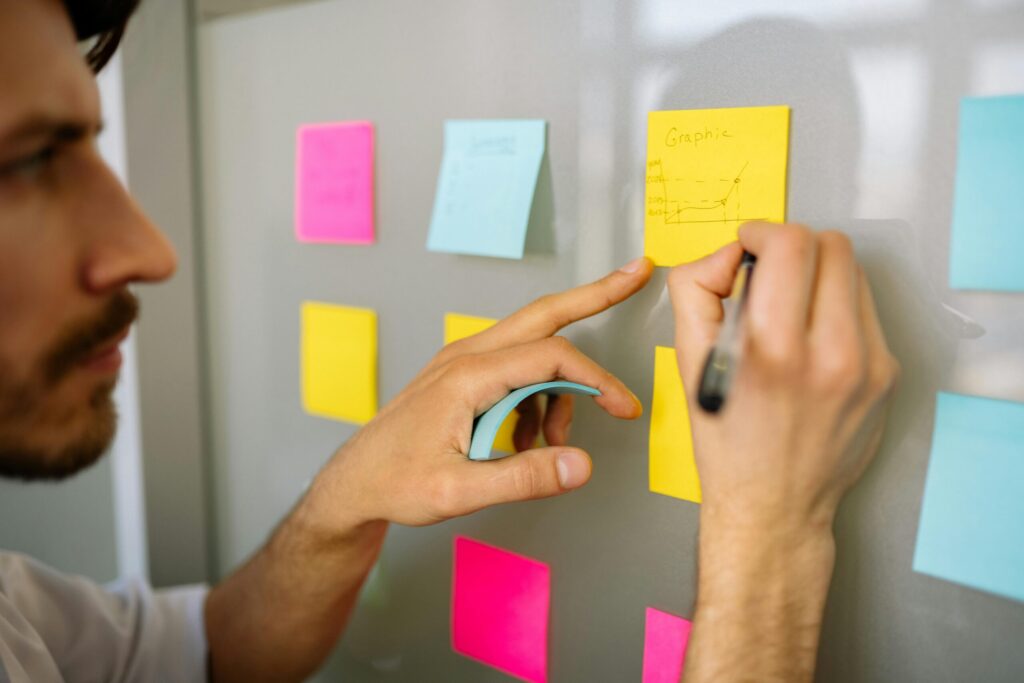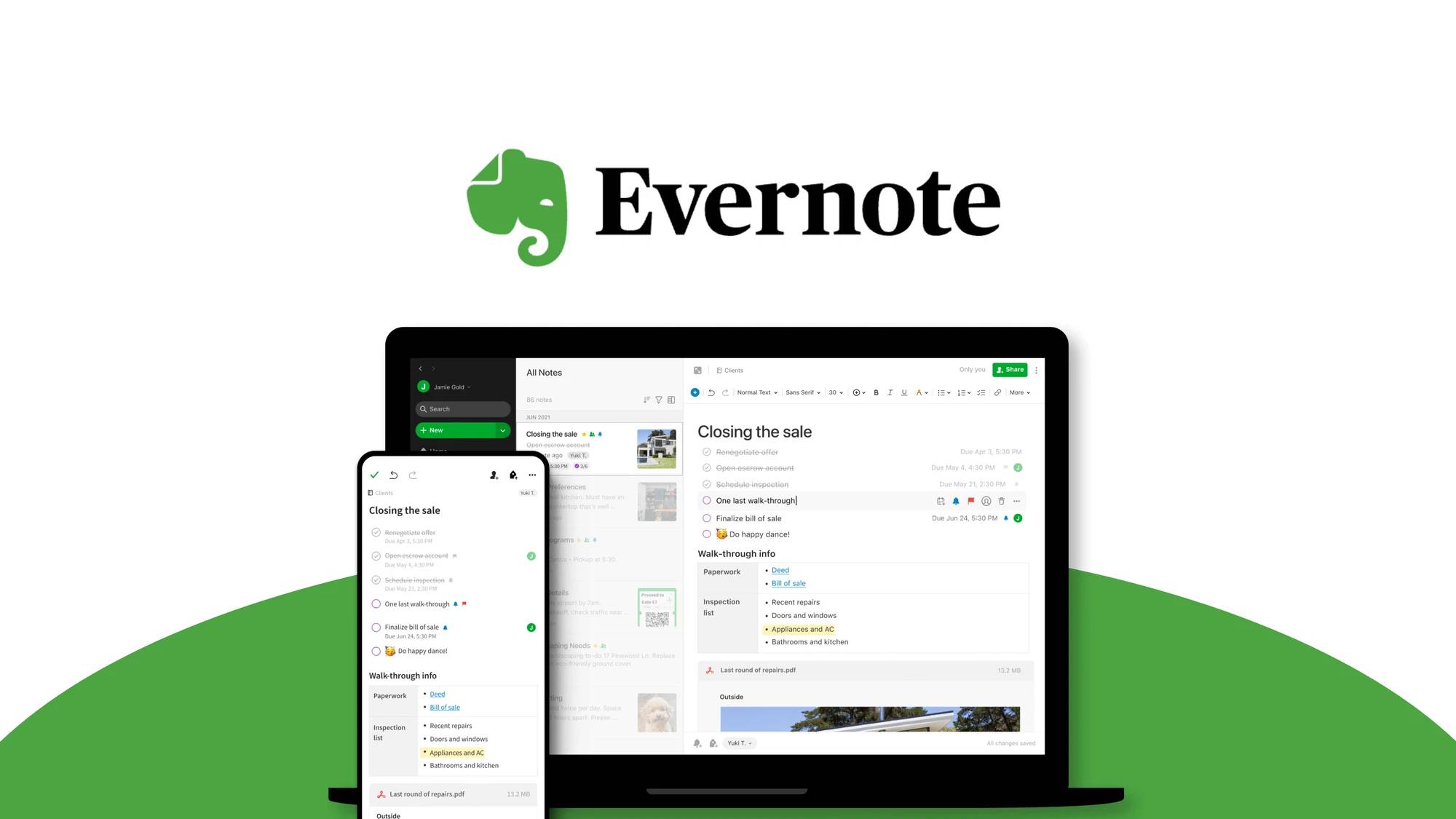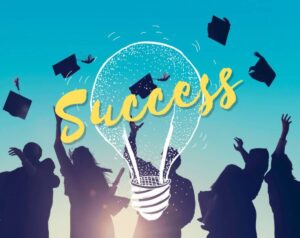The Education Blog

The Best Note-Taking Methods for Self-Learners
In self-directed learning, you are in charge of your education. So, effective note-taking is a vital skill. If you’re taking online courses, reading papers, or watching educational videos, how well you capture, organise, and remember information can greatly affect your learning results. In this blog, we will look at the best note-taking methods for self-learners. We’ll cover effective techniques, ways to organise study notes, and the top digital tools for taking notes.
Note-taking isn’t just writing words. It’s about building a system that helps you understand and remember information better. Many learners overlook how helpful a good note-taking strategy can be. They often depend on messy scribbles that don’t help them. This guide will show you different methods to turn your note-taking into a strong learning tool.
Key Benefits of Effective Note-Taking

1. Improved Focus and Attention
Taking notes means you need to listen or read carefully. This keeps you focused and lowers the chances of getting distracted. Engaging with the material helps you stay present and focused, which improves your learning experience.
2. Enhanced Understanding
Summarising and rephrasing information helps you understand it better. This cognitive engagement helps you to internalise the concepts instead of just copying them.
3. Better Memory Retention
Organised notes serve as a visual and mental cue, aiding in long-term memory retention. Good notes help you review information. This makes it easier to remember what you’ve learned.
4. Efficient Review and Revision
Good notes help you review and revise. This saves time and effort when preparing for exams or planning projects. Categorised and clear notes allow you to quickly find and revisit key information.
5. Increased Engagement with Learning Material
Taking notes helps you connect better with the material. This makes learning more fun and effective. It encourages curiosity and sparks further exploration of the topic.
Step-by-Step Guide to Effective Note-Taking Techniques
1. The Cornell Method
The Cornell Method helps you organise and condense notes easily, so you don’t need to re-copy them. Developed by Professor Walter Pauk at Cornell University, it’s great for lectures and self-learning.
- Page Layout: Split your page into three parts. Use a narrow left column for cues, a wider right column for notes, and a bottom section for a summary.
- Note-Taking: During the session, record concise notes in the right column. Use bullet points or short sentences to capture key ideas.
- Cue Column: Write keywords or questions in the left column that match the detailed notes.
- Summarise: After the session, write a summary of the key points in the bottom section to consolidate your learning.
2. Mind Mapping
Mind mapping is a way to take notes visually. It helps you gather and arrange ideas around a main topic. This technique is particularly effective for brainstorming, complex topics, and visual learners.
- Central Idea: Write the main topic in the centre of the page.
- Branches: Draw branches outward, each representing a subtopic or related idea.
- Keywords and Images: Use keywords, short phrases, and images to represent concepts, making the map visually memorable.
- Connections: Link related ideas with lines to show relationships and foster deeper understanding.
3. The Outline Method
The Outline Method helps you organise notes easily. It’s great for capturing information in a clear structure.
- Main Topics: Use Roman numerals or bullet points to indicate main ideas.
- Subtopics: Indent subtopics below main headings to create a hierarchical structure.
- Details: Add supporting details under subtopics, using further indentation.
- Review: After the session, review your outline for clarity and coherence, filling in any missing details.
How to Organise Study Notes
1. Digital Organisation
Organising your study notes digitally can significantly improve accessibility and efficiency.
- Use Folders and Tags: Create separate folders for each subject or project. Use tags to categorise and filter notes by theme or topic.
- Regular Review and Cleanup: Set aside time to review and update your notes. Delete outdated information and refine existing content for better organisation.
- Use Cloud Storage: Save your notes in services like Google Drive, Dropbox, or OneDrive. This makes it easy to access them from different devices.
2. Physical Organisation
For those who prefer traditional pen-and-paper notes, maintaining physical organisation is equally important.
- Use Notebooks or Binders: Assign separate notebooks or sections of a binder to different subjects or projects.
- Colour-Coding: Use coloured pens or highlighters to show different topics, key ideas, and examples.
- Indexing and Labeling: Add an index or table of contents to your notebook for quick reference. Number pages and label sections clearly.
Best Digital Tools for Notes

1. Evernote
Evernote is a versatile note-taking app that offers text, image, and audio notes. Its robust search feature makes it easy to find notes quickly, while its tagging system enhances organisation.
2. Microsoft OneNote
Microsoft OneNote offers a flexible canvas for note-taking with notebooks, sections, and pages. It integrates seamlessly with other Microsoft Office apps, making it ideal for learners using Office 365.
3. Notion
Notion is an all-in-one workspace that combines note-taking with project management. Its modular design lets you create custom templates. This makes it great for complex learning projects.
Additional Expert Tips & Common Mistakes to Avoid
1. Best Practices for Effective Note-Taking
- Be Selective: Don’t write everything down. Focus on key concepts, definitions, and insights.
- Use Symbols and Abbreviations: Create a shorthand system to make your note-taking faster and clearer.
- Review Regularly: Schedule weekly review sessions to go over your notes and reinforce your memory.
2. Common Mistakes to Avoid
- Overloading Notes: Writing too much detail can make your notes difficult to review. Keep them concise and to the point.
- Messy Notes: Jumbled or uneven notes can make it tough to find information later. Stick to a consistent format.
- Neglecting Review: If you don’t review your notes often, you might lose important information. This can make it harder to remember what you’ve learned.
Advanced Insights and Expert Recommendations

1. Integrating Technology into Note-Taking
Leverage advanced technology to streamline and enhance your note-taking process. Use tools that recognise handwriting, sync to the cloud, and allow collaboration. This makes your notes easier to access and more useful.
2. Customising Your Note-Taking Method
There is no one-size-fits-all approach. Try different methods and tools. This will help you find what suits your learning style and the subject best.
3. Combining Techniques
For maximum effectiveness, consider combining note-taking methods. You can try the Cornell Method for lectures. For brainstorming complex topics, use Mind Mapping.
Mastering Self-Learning: The Best Note-Taking Methods for Effective Study
Good note-taking is essential for self-learners. It helps you capture, organise, and remember information effectively. Using structured note-taking, and digital tools, and avoiding common mistakes can improve your learning. This can help you achieve your educational goals. Remember, the key to successful note-taking lies in consistency and regular review.
Are you ready to transform your note-taking habits and boost your learning outcomes? Begin using these techniques today. You’ll see how they can improve your self-learning journey.









